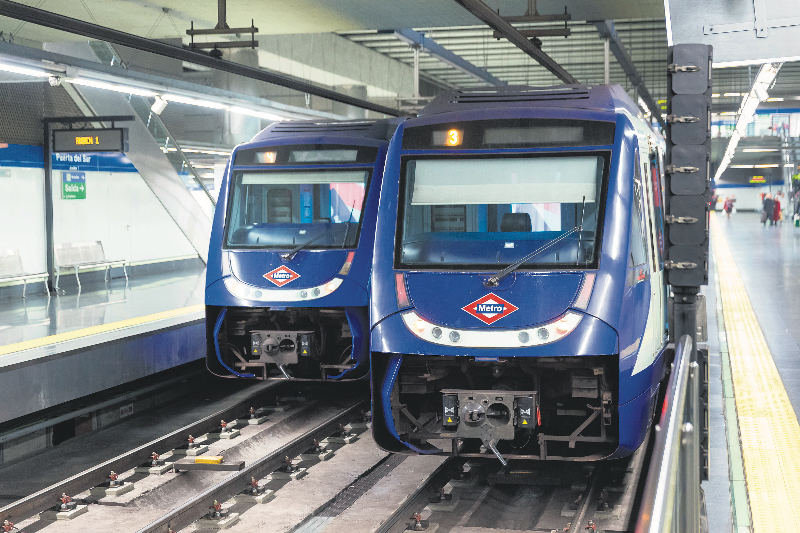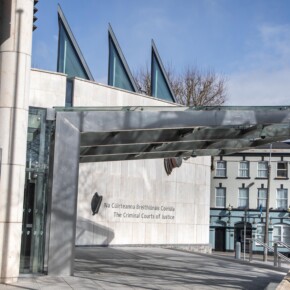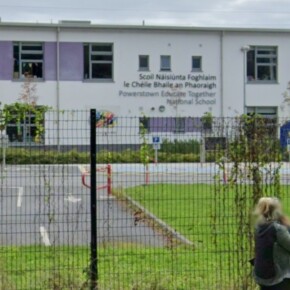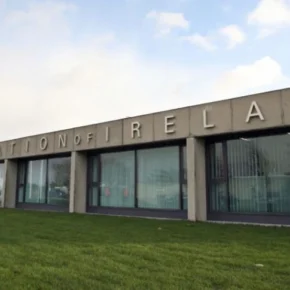Council hears metro plan
Dublin People 25 Mar 2016
LOCAL councillors have heard that a cost effective, extensive metro system covering the entire city could be in operation in just five years.
The proposal by Dublin based consortium, Metro Dublin, was presented to Dublin City Council’s North West Area Committee earlier this month.
The consortium say if its proposal was adopted, construction of a cutting edge metro system that would include 59 stations across 92 kilometres on both sides of the city could begin as early as next year.
The green light has already been given to Metro North – a 17km high-speed rail link from the city centre to the Airport and Swords – but building is not expected to begin until 2021, with a completion date predicted for 2026/27.
And the Greater Dublin Area draft Transport Strategy 2016-2035 includes a new ‘Metro South’ light rail running from St Stephen’s Green to Bride’s Glen, but it could be decades before this project begins.
Metro Dublin’s proposal includes stops in Ballymun, Blanchardstown, Croke Park, Dublin Airport, Finglas, Dublin City University, Dublin Institute of Technology, Swords, and Whitehall.
The consortium’s CEO, Cormac Rabbitt, says the system could link up with DART and Luas networks and support viable public transportation across the city.
“If you look at the European Commission Country Report for Ireland that came out the day after the election, it said that there are 95,000 houses in Dublin and 50,000 of those have no proper access to public transport,” Rabbitt told Northside People.
“We will provide the infrastructure so that you can live in one part of Dublin and work in any other part of the city, which is not the case at the moment.
“If you live in Finglas or Ballymun, you couldn’t work in Sandyford industrial estate.
“Even if you lived in Clondalkin and wanted to go to DCU, you couldn’t do it, where we would open that up.”
Under Metro Dublin’s proposal, the current plans for the Metro North light rail line would be upgraded to a full metro line, with six fully functional lines planned for operation across the city.
An Adamstwon line would pass through Clondalkin before linking up with Heuston Station and terminating in Phibsboro, while a Blanchardstown line would pass through Castleknock, Finglas, Glasnevin, DCU and Whitehall before terminating in the Docklands.
Like any efficient Metro system, the proposed Metro Dublin would have the option to change lines at particular stations making it relatively easy for passengers to move around the city.
Rabbitt estimates that if the system came into effect, it could transport passengers around Dublin at twice the speed Luas currently operates at, with less drivers and wider and longer trains.
Metro Dublin would follow the blueprint set out by Metro De Madrid (the metro system for Spain’s capital) and the Dublin consortium would work alongside the same group that was behind masterminding what Rabbitt calls the “best public transport system in the world”.
The Metro Dublin CEO believes his group can replicate a similar standard in Dublin by using standard Irish contract methods that would create thousands of jobs through Irish contractors.
Metro Dublin plans to fund the cost of the project through private investment by following similar templates used in Hong Kong and on the Dublin Port tunnel.
It would be subsequently sold off to investors upon completion and the Irish Government would have an opportunity to buy in.
Despite decisions on Dublin’s future transport having already been made and the expense of Metro Dublin, Rabbitt is adamant that his group’s hugely ambitious project can go ahead.
“The planning regulations allow us to make an application for a railway order,” Rabbitt said.
“We would take 28 months from signing the contract to operation. We have the methodology, the ability and the track record to do this.”
The National Transport Authourity (NTA) has poured cold water on the Metro Dublin proposal, describing its timelines as “inconceivable” and “totally unrealistic”.
The NTA also say the proposal is not credible and not representative of reality.
However, Metro Dublin has been in talks with An Bord Pleanála and Dublin City Council has adopted a motion to explore the potential for cooperation with the group.
The motion also calls for council engineers to meet with Metro Dublin and the presentation earlier this month called for council support for its proposal.
Jack O’Toole











